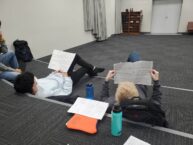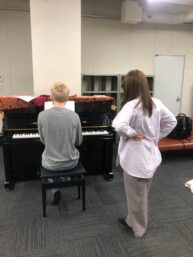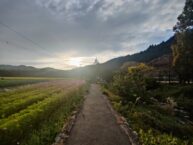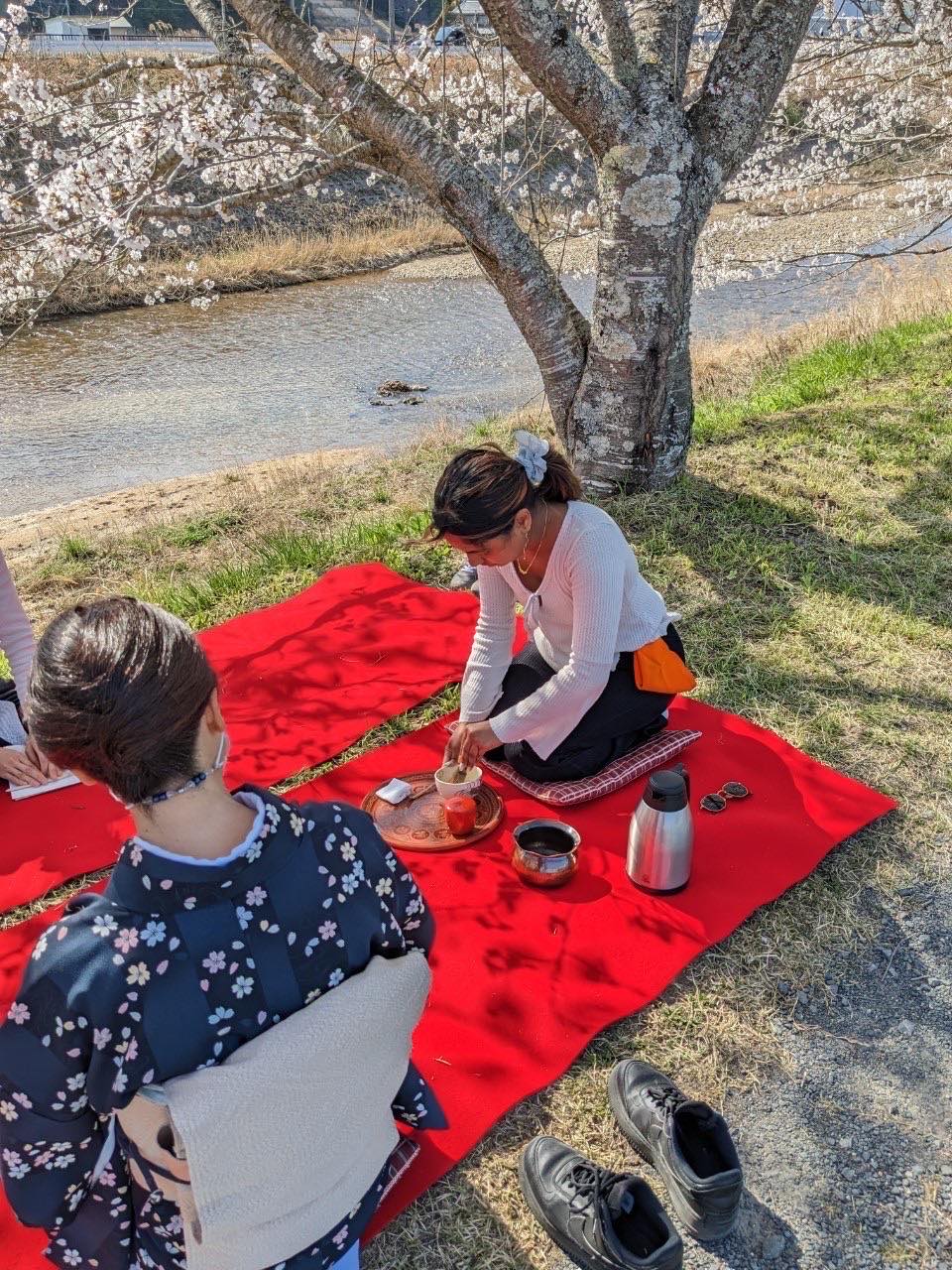 For my CIP I took tea ceremony, or sadou, lessons with Fujimura Sensei. The KCJS office introduced us to Fujimura Sensei and it seems like KCJS has a long relationship with her. While normally the study of sadou takes decades and is a very lengthy process, since we only had one semester Fujimura sensei customized the lessons for us so that we were able to end by being able to perform the tea ceremonies, or the obon-temae. The tea room is a little out of the way in Takagamine, but the environment is absolutely stunning and so the commute is worth it. The tea room is situated right over a river in a silent forest, so you can hear the sound of the water while in the tea room. Sensei is an extremely elegant woman who is also one of the most precious and sweetest people I have ever met. She even made a bento for us on two occasions, for the Doll Festival and cherry blossom viewing, and of course we got to enjoy the most exquisite wagashi, or seasonal Japanese confectionary every class. The thing that was the most meaningful for me was that in every lesson sensei would also make a point to talk about how to use the philosophy that sadou teaches us and incorporate it into our busy, stressful everyday lives.
For my CIP I took tea ceremony, or sadou, lessons with Fujimura Sensei. The KCJS office introduced us to Fujimura Sensei and it seems like KCJS has a long relationship with her. While normally the study of sadou takes decades and is a very lengthy process, since we only had one semester Fujimura sensei customized the lessons for us so that we were able to end by being able to perform the tea ceremonies, or the obon-temae. The tea room is a little out of the way in Takagamine, but the environment is absolutely stunning and so the commute is worth it. The tea room is situated right over a river in a silent forest, so you can hear the sound of the water while in the tea room. Sensei is an extremely elegant woman who is also one of the most precious and sweetest people I have ever met. She even made a bento for us on two occasions, for the Doll Festival and cherry blossom viewing, and of course we got to enjoy the most exquisite wagashi, or seasonal Japanese confectionary every class. The thing that was the most meaningful for me was that in every lesson sensei would also make a point to talk about how to use the philosophy that sadou teaches us and incorporate it into our busy, stressful everyday lives.
The tea ceremony is much more than just the consumption of high-quality matcha and wagashi. The actions performed in the tea room and during the tea ceremony are an allegory for a life well-lived; a life full of humility, simplicity, respect for others, and being in tune with the rhythms of nature. These values are also, not incidentally, the most quintessential of Japanese values. In the tea room, every movement is measured; every moment is treated as a blessing. Therefore, to understand tea in the Japanese context is to come to understand the most fundamental Japanese values.
So if you’re looking to get an authentic cultural experience, I would highly recommend doing sadou lessons. If our sensei continues to teach exchange students, I would dare say that there’s no better experience that you can have in Kyoto; everything was just perfect. I hope to continue practicing even when I return home. Sensei even contacted a shop she knows so that we can pick up all the tea ceremony tools needed before returning.


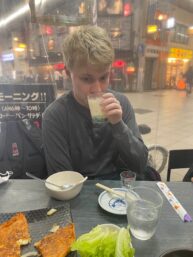
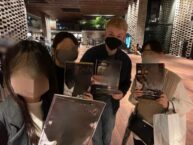
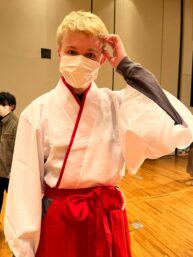 erywhere, with some minor differences. What was
erywhere, with some minor differences. What was 